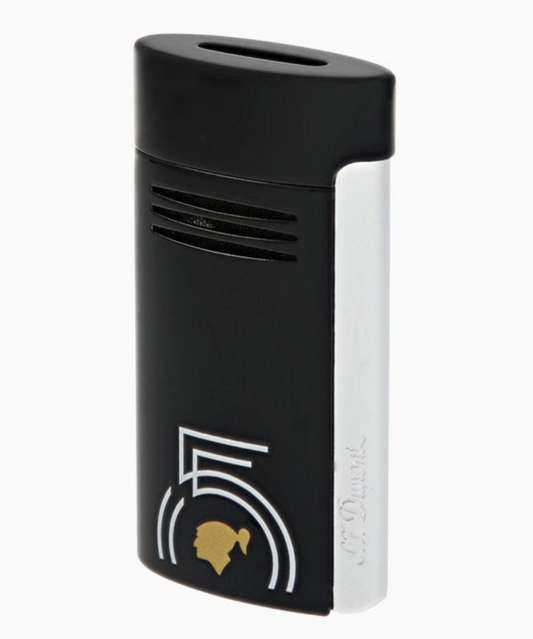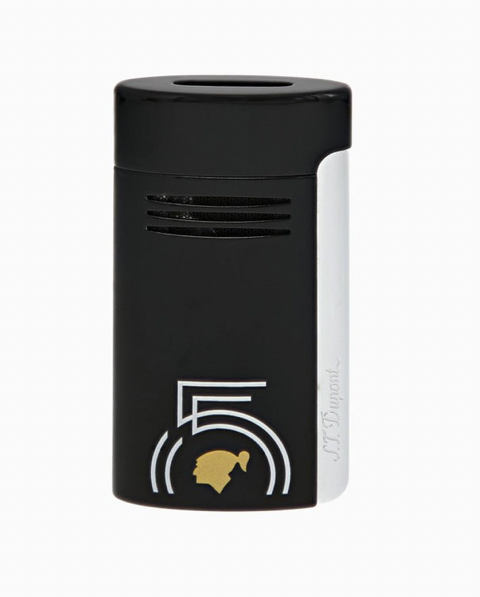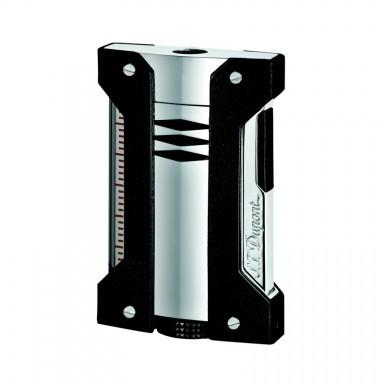Ancient Origins
The origins of backgammon date back over 5,000 years. The first traces of the game were found in Persia, where it was known as "Nard". Archaeological finds, such as boards and dice, have also been discovered in regions such as Mesopotamia and ancient Egypt, testifying to its spread in several ancient civilizations.
Diffusion in the Ancient World
The game quickly spread to the ancient cultures of the Middle East, and from there reached ancient Greece and Rome. The ancient Romans were fond of a game called "Ludus Duodecim Scriptorum", which can be considered an ancestor of modern backgammon.
Evolution and Modernity
With the fall of the Roman Empire, the game continued to spread across Europe. In the Middle Ages, in England, it was renamed "Tables". It was only in the 17th century that it took on the name "backgammon". Backgammon, as we know it today, has undergone several changes in the rules over the centuries, but the essence has remained the same: two opponents, each with fifteen checkers, moving according to the roll of the dice, try to bring their checkers to home and away from the table before your opponent.
From the Middle East to Europe, backgammon has traveled across centuries and cultures, testifying to its ability to unite people through play. His story reminds us that, despite cultural and temporal differences, the passion for gaming and competition is a universal constant.







